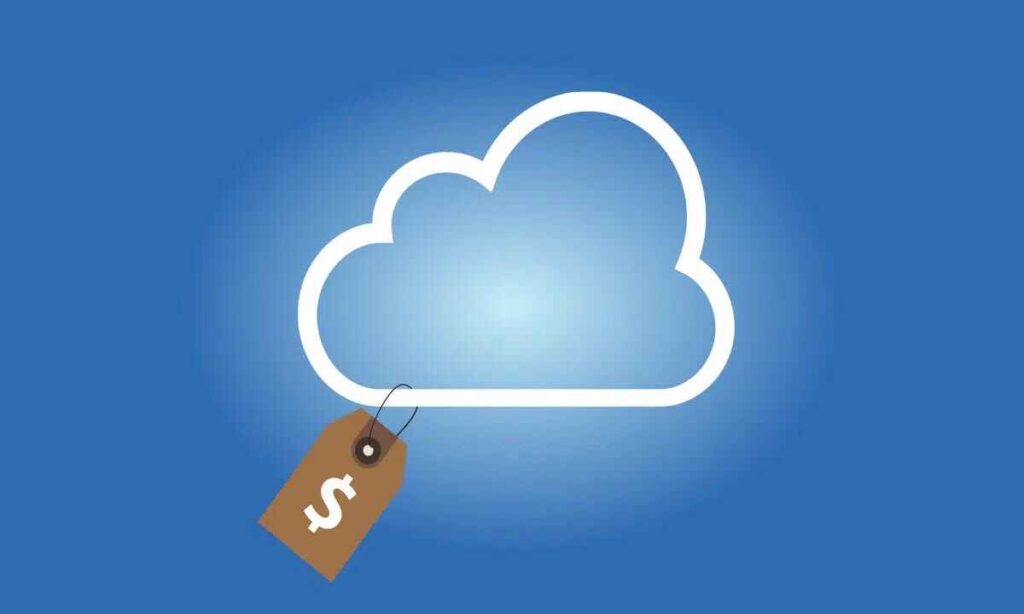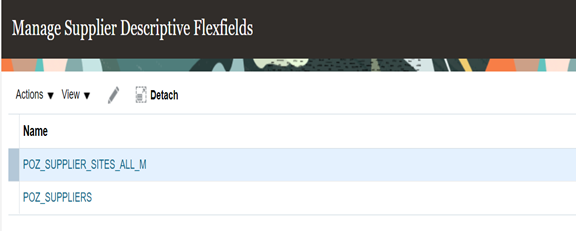Table of Content:-
Asset Cloud – How it is defined?
Overview of Cloud Asset Management
What is the importance of Cloud Asset Management?
When should your business opt for a cloud based tool?
Advantages and Disadvantages of building your own system
Is cloud asset management the right choice for your business?
Cloud asset management (CAM) is critical for businesses leveraging the cloud, as it offers a range of benefits that can significantly impact the bottom line. With the global cloud computing market expected to reach a staggering $821.7 billion by 2024, organizations are moving more functions and data to the cloud than ever before. This rapid shift creates a complex environment with numerous assets to track, manage, and optimize. Effective CAM helps organizations understand and govern these assets, leading to improved security, cost savings, and overall business efficiency.
In this article, we have covered the basics of a cloud asset management tool. So, let’s begin:
Asset Cloud – How it is defined?
Cloud Asset Management (CAM) is the art of overseeing all the resources that make up your cloud services. It involves identifying everything from virtual machines to software licenses, tracking their location and usage, and optimizing them for efficiency. By keeping a watchful eye on your cloud assets, CAM helps eliminate unnecessary costs, ensure optimal performance, and maintain a secure environment. This translates to better control over your cloud operations, saving you money and minimizing risks.
Overview of Cloud Asset Management
It is a great boon for an organization to access the asset cloud from anywhere on any device. But, similar to the physical data storage, there is often a requirement of secure storage and access. Cloud asset management is great for businesses as it manages to solve the above issue.
A simple understanding of CAM is that it is a system which manages a business’s data securely in the cloud. Most businesses use different types of asset management solutions to manage their digital assets but a cloud-based solution is much better than an in-house solution due to its robust security features and ease of management.
As a business, you would need complete control on your business assets in the cloud. By leveraging a safe asset solution, different teams can easily get access to their relevant data and monitor different assets efficiently.
Why is it Important to Manage Assets in the Cloud?
Looking at the above two sections, it is evident that Cloud asset management is extremely crucial to safeguard critical business data and ensure that is accessible by the teams from anywhere. Now, proper asset management allows your business to have 100% control on your business assets. What is the importance of having complete control? By having this control, it is easier to run business operations and allow access to relevant teams accordingly.
Lack of a proper management system can lead to improper handling of business critical data. You wouldn’t want your critical information to get into the hands of people who it is not intended for. To avoid these kind of security lapses and ensure smooth operations, having a Cloud asset management tool is the best option for any business.
Another important point is to stay on top of your business assets. If you are not able to track and manage your digital assets, it often leads to overspending. By removing unnecessary costs, it is possible to enhance your business productivity.
When should your business opt for a cloud based tool?
To get the maximum advantages out of cloud based tool, it is best to opt for a custom tool. Now, it is up to you to create a manual asset management tool or go with a cloud based tool. The choice will definitely depend on your organizational goals and number of employees.
Here, we will check the advantages and disadvantages of both the options.
Advantages and Disadvantages of building your own system
The easiest option is to create a spreadsheet in Excel or Google Sheets.
It is important to note that these options are best if you have a single person handling the asset management task.
Advantages of using a manual tool:
- Pricing – It is best to go with a manual spreadsheet if it is being handled by a single person.
- Limited Data – This system is best suited for smaller businesses.
- Devices – Manual tool is the best option to manage physical devices in an organization.
- Flexible Organization – Improved organization is another major benefit of a manual system.
But, building your own asset management system can have a few disadvantages like:
- Limited Users – Spreadsheets are used by one or two users and are not often meant for multiple users.
- Lack of Integrations – It is expensive to build a mobile application to scan the physical assets.
- Takes time – It is evident that a manual system will take longer to execute compared to a cloud based tool.
- High Error Percentage – Consistent manual data entry significantly increases the changes of data input errors and critical asset details.
- Few Resources – There is a lack of resources as you cannot attach tracking and maintenance images etc.
On the other hand, there are advantages and disadvantages of using cloud based software. It is best to opt for this option only if meets your business requirements efficiently.
We believe cloud based software is the best bet for larger businesses where the possibility of having a large number of assets is significantly higher than startups.
Recommended for you: How to Create an Employee Expense Report in Oracle Fusion?
Advantages of Cloud Asset Management:
- Single location – All cloud based software stores and manages data from a single location for ease of management.
- Improved Accessibility – Cloud solutions enable business requirements like remote work.
- Attachments – A cloud based tool allows users to include attachments like images and records etc.
- Reduced Management – By using a cloud based tool, it is easier to manage large sets of data efficiently.
Though cloud solutions are really helpful, try to factor in these disadvantages as well.
Disadvantages of Cloud Asset Management:
- Expensive – Cloud asset management is not for you if you are startup. It is more suited for large teams.
- Internet Dependency – Cloud access needs active internet connectivity at all times.
- Processes – Irrespective of automation, businesses must remain on top of all the assets.
- Required Training – It is overwhelming to reach total business efficiency without availability of proper training.
Conclusion: Is cloud asset management the right choice for your business?
As you have read above, trying to figure out the right asset management approach for your business can be a tricky part. If you are a business with limited digital and physical assets, an in-house method may be sufficient. For larger organizations, cloud asset management software may be the optimum choice. If you have any questions, you can write to us at [email protected]



